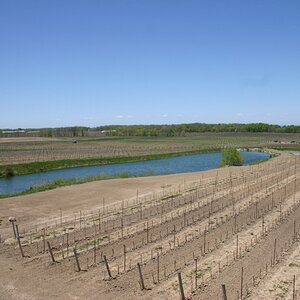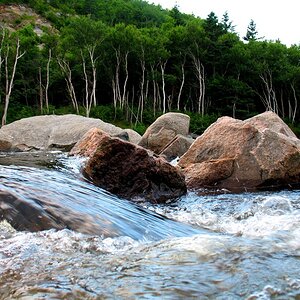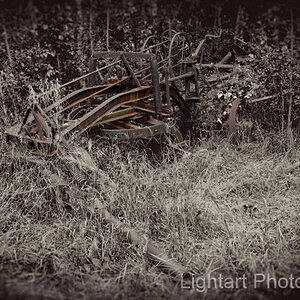AluminumStudios
TPF Noob!
- Joined
- Oct 20, 2005
- Messages
- 99
- Reaction score
- 0
- Location
- Pennsylvania
- Website
- www.aluminumstudios.com
I've been wanting to experiment with this ever since I saw a color photo taken by NASA's Cassini orbiter (http://saturn.jpl.nasa.gov) of Saturn that was taken using infrared, green, and ultraviolet rather than red-green-blue.
I took 3 photos (infrared, visible, ultraviolet) then mapped (a grayscale version) of the IR image to the red channel, green to green, and UV to the blue channel of an RGB color image:
Source images

Final composite

I love the world beyond our visible range and trying to capture a wider range of radiation than our eyes can see in a photo. I'm really thrilled with how well this turned out. Especially since I wasn't extremely careful when doing it.
I'm relatively new to this site but since it has an alternative techniques gallery I was anxious to post it!
I took 3 photos (infrared, visible, ultraviolet) then mapped (a grayscale version) of the IR image to the red channel, green to green, and UV to the blue channel of an RGB color image:
Source images

Final composite

I love the world beyond our visible range and trying to capture a wider range of radiation than our eyes can see in a photo. I'm really thrilled with how well this turned out. Especially since I wasn't extremely careful when doing it.
I'm relatively new to this site but since it has an alternative techniques gallery I was anxious to post it!






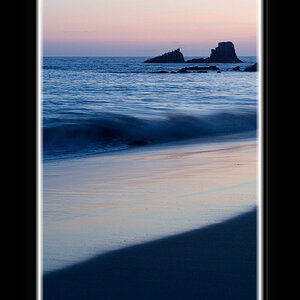

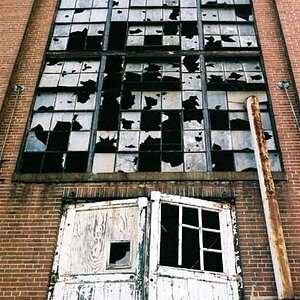

![[No title]](/data/xfmg/thumbnail/37/37103-871e5d39d6f585e3019a4e25eb2ee935.jpg?1619737882)
![[No title]](/data/xfmg/thumbnail/37/37104-99933b18ee16678a8299f12747336d48.jpg?1619737882)
